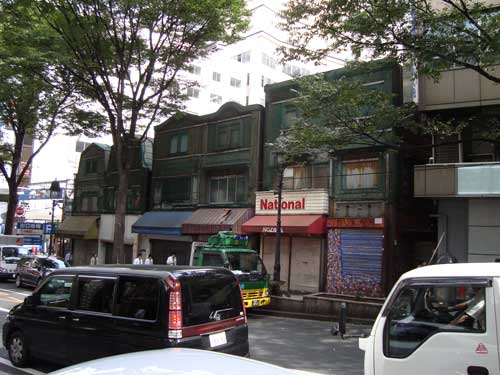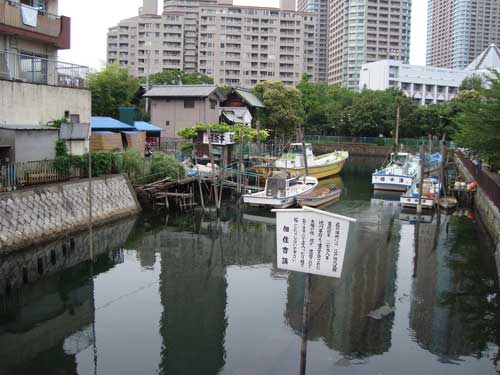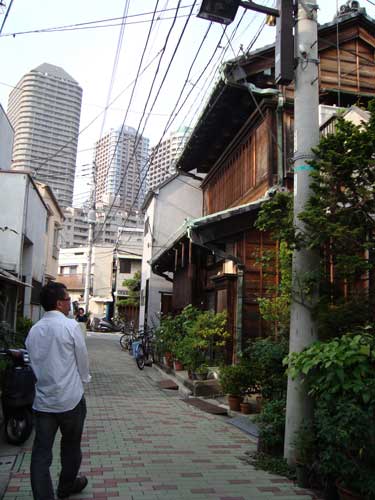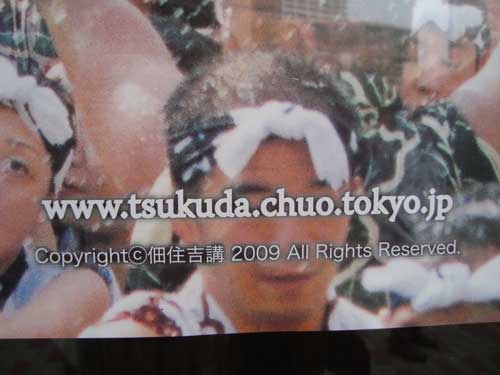
都市計画が良くないのに、東京生活は素晴らしいと友達に話します。最近、TEDxSeedsに行って、横浜の港でまた遊びました。大さん橋という国際埠頭はきれいな建築や商売や水辺公園を組み合わせています。横浜がこんな新しい開いたスペースを作られるならば、東京もできるはずです。
I often tell people that Tokyo’s urban life is wonderful in spite of city planning. On the one hand, this view valorizes the activities of everyday people in making public spaces alive with plants, care, and community. On the other hand, it also expresses a resignation that city leaders cannot or will not improve city life.
Recently I attended TEDxSeeds at Yokohama’s restored port. In addition to wonderful historic buildings that are preserved and reused, the entire port area has a revitalized public park and waterfront promenade. One of the most spectacular public places is the undulating rooftop park above the International Ferry Terminal, designed by London’s Foreign Office Architects; in Japanese it’s called Osanbashi.
This is a bold example of creating a new open space that combines commerce (the business of loading and unloading passenger ships) with a place for residents and visitors to stroll and relax on the waterfront. I heard one Yokohama resident refer to the building as “the whale” building because of its curvy surface.
If Tokyo city leaders thought big, what kind of new public spaces could be created here? How could some of its past be made visible and accessible today? What natural resources could be reclaimed with great architecture and some vision? It seems in terms of city planning that Japan’s other cities are more dynamic and more forward-looking than its capital.











